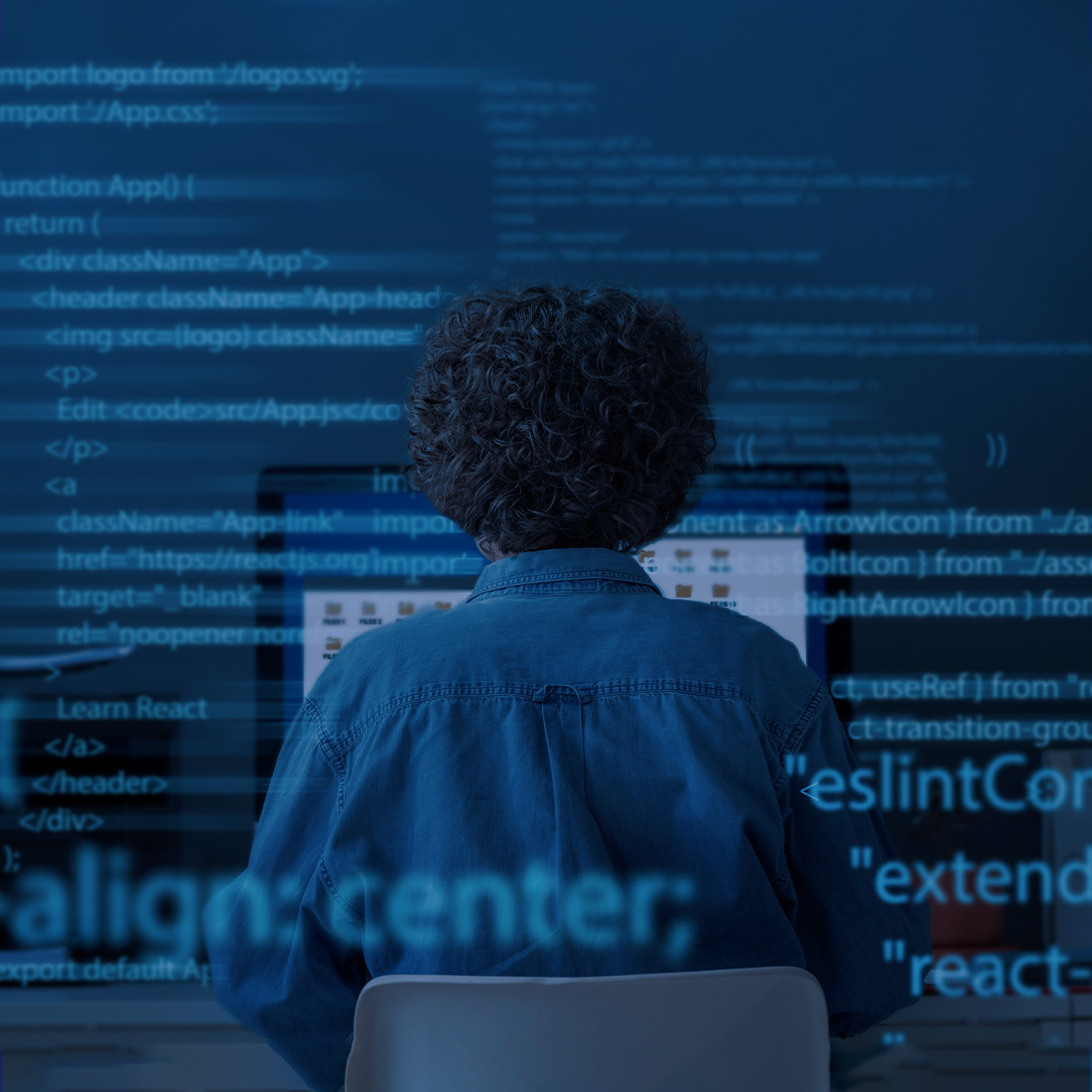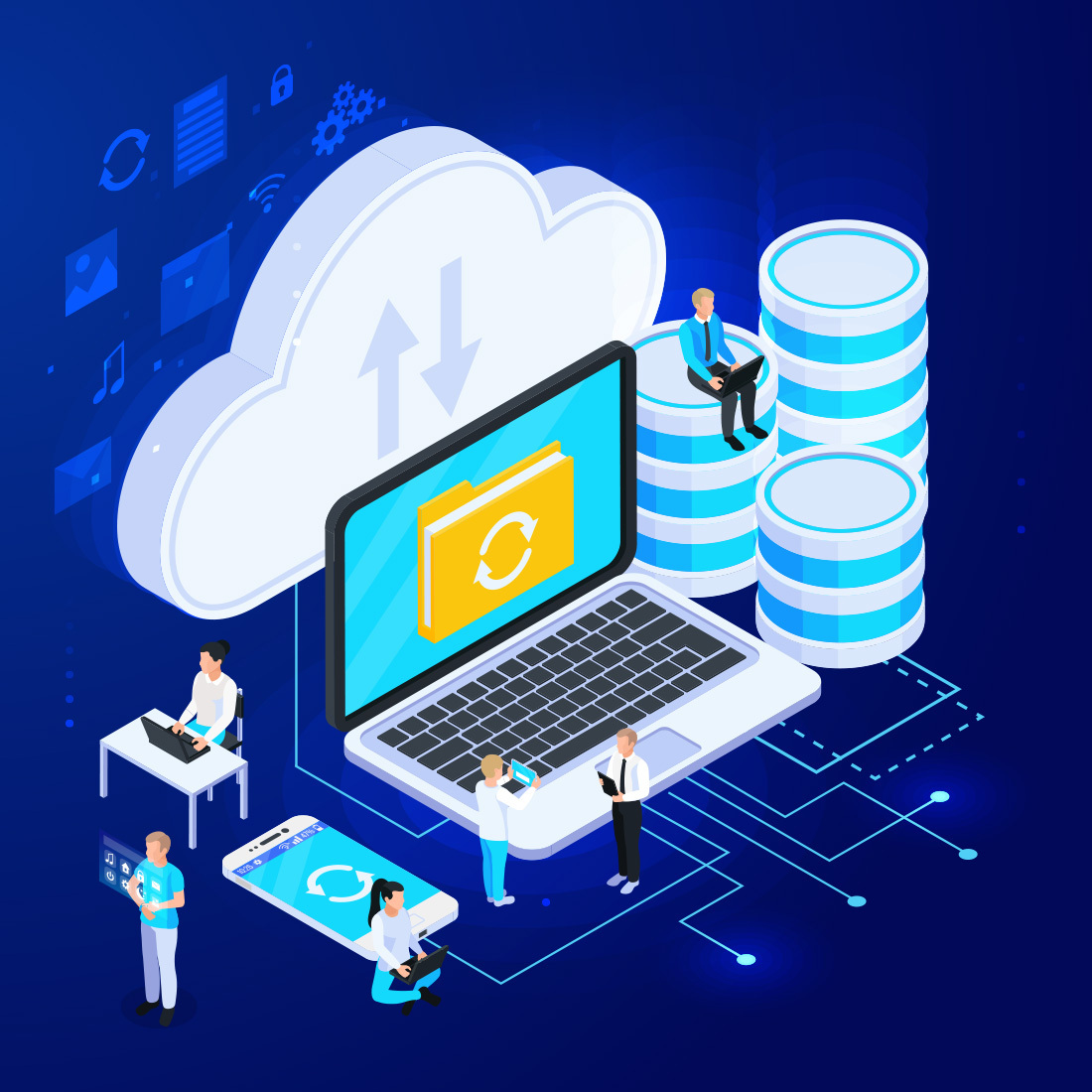In the vast realm of technology, a transformative revolution silently unfolds. It holds the promise of reshaping our very world—how we live, work, and create. AI and IoT serve as catalysts for this groundbreaking shift, but they are not alone in their endeavor.
As we step into the threshold of 2023, a multitude of other forces converges to reinvent the landscape of software product development. Through this article, we aim to unravel the intricate web woven by these emerging trends and explore their profound impact—an opportunity for you to catch a glimpse into the captivating future of software product development.
1. Dominance of Artificial Intelligence (AI)
Artificial Intelligence is a game-changing technology that is at the vanguard of reshaping the software product development landscape.

1.1 AI-Driven Automation
AI-facilitated automation has significantly enhanced software productivity. By automating mundane repetitive tasks and providing complex problem-solving capabilities, AI has made software development more efficient, resulting in time and resource savings.
1.2 Augmented Coding
AI-powered tools assist coders by predicting code and resolving bugs, thereby speeding up programming tasks and enhancing software quality. As a result of these inherent benefits, businesses are increasingly gravitating towards AI-infused development platforms.
How is Artificial Intelligence Impacting Software Product Development in 2023?
In 2023, Artificial intelligence emerges as a prominent trend, exerting significant influence on software product development. By automating routine tasks and enhancing coding efforts, AI-powered tools greatly assist developers in predicting code outcomes and resolving bugs. This results in faster and more refined programming tasks, ultimately boosting software quality and productivity.
Read More: How to Define a Clear Vision for Your Software Product
2. Internet of Things (IoT) Comes of Age
The reach of IoT transcends beyond our homes and offices and permeates into software development methodologies. Some of the influencing trends are:
2.1 IoT Security
The security of the expanding IoT landscape is crucial. To address this, developers are increasingly embracing emerging technologies like Blockchain to strengthen IoT structures and mitigate threats such as data breaches or hacks from occurring.
2.2 Edge Computing
The migration of data processing tasks from cloud data centers to the devices at the “edge” of the network, known as edge computing, addresses latency issues, boosts processing speed, and optimizes bandwidth usage. This transition has prompted a heightened emphasis on edge computing in software product development.
3. Microservices Architecture

The microservices architecture, constituted by small, independent services working together, minimizes complexity and enhances scalability.
3.1 Shift from Monoliths to Microservices
Monolithic architecture is being gradually replaced by the more efficient and scalable microservices architecture. This approach benefits developers by allowing them to deploy and update software components independently, thereby improving scalability and flexibility.
4. Beyond the Obvious: Emerging Trends
Besides AI and IoT, software product development is witnessing other ground-breaking advancements.
4.1 Low-Code/No-Code Development (LCNC)
LCNC platforms enable rapid software development by limiting manual coding. Amid the escalating demand for faster delivery, LCNC platforms present an ideal solution for businesses struggling to keep pace.
4.2 Progressive Web Apps (PWAs)
PWAs are set to blur the lines between mobile and web applications, thanks to their compatibility with multiple platforms, offline working ability, and auto-update features.
What are some emerging trends in software product development besides AI and IoT for 2023?
While AI and IoT continue to be dominating forces, 2023 is also witnessing the rise of Low-Code/No-Code Development (LCNC) and Progressive Web Apps (PWAs). LCNC platforms expedite software development by minimizing the need for manual coding. Additionally, PWAs are blurring the distinction between web and mobile application development due to their multifold benefits such as multi-platform compatibility, offline functionality, and automatic update features.
Read More: Software Product Development: 2023 Trends & Future
5. Cloud-Native Development: The New Norm

The concept of cloud-native development is no longer fanciful jargon in technical circles; rather, it is slowly becoming the standard for software product development in 2023.
5.1 The Allure of Cloud-Native Applications
Cloud-native applications, built explicitly for cloud environments, steal the spotlight given their in-built scalability and resilience. They allow developers to create nimbler, more responsive software products, perfectly aligning with businesses’ evolving necessities.
The granularity of these cloud-native applications, created with a microservices architecture and driven by a DevOps methodology, brings an abundance of benefits. The individual components of cloud-native applications are loosely coupled yet act cohesively, making updates a breeze and reducing downtime drastically.
5.2 Containerization: A Cornerstone of Cloud-Native Development
Containerization is a crucial element in the push towards cloud-native applications. It involves using containers to develop, package, and deploy applications. These containers serve as a protective shell, encompassing both the application itself and its environment. This enables easy transportation and seamless execution across various computing environments.
Containerization revolutionizes the software development life cycle, boosting operational efficiency and streamlining processes. This leads to quicker time-to-market as platforms like Kubernetes and Docker provide developers with powerful tools for enhanced scalability and expedited deployment times.
Conclusion
2023 holds the potential to revolutionize software product development. The forefront of this transformative era is adorned with powerful trends such as AI, IoT, microservices, LCNC, and PWAs. These advancements mark a new age of technological empowerment and intelligent solutions. In such a dynamic landscape, adaptability becomes a vital skill for survival. Enterprises ready to embrace these changes are promised unparalleled growth and success.
As society pushes forward into an unknown future, it is essential to not only redefine the capabilities of our software but also revolutionize our approach to its development. Brace yourselves for a remarkable journey into tomorrow’s possibilities.
After all, in the immortal words of Alan Kay, “The best way to predict the future is to invent it.”
“Change is the only constant,” they say, and change, powered by technology, is a force multiplier in the software development industry. Brace for a fascinating walk through the techno corridors. The future is here.
The thrust towards cloud-native development is a reflection of the industry’s strive towards agility and resilience. As an answer to the escalating demand for scalability, speed, and robustness, the shift to cloud-native development will undeniably be a trend to watch and accept in 2023.
